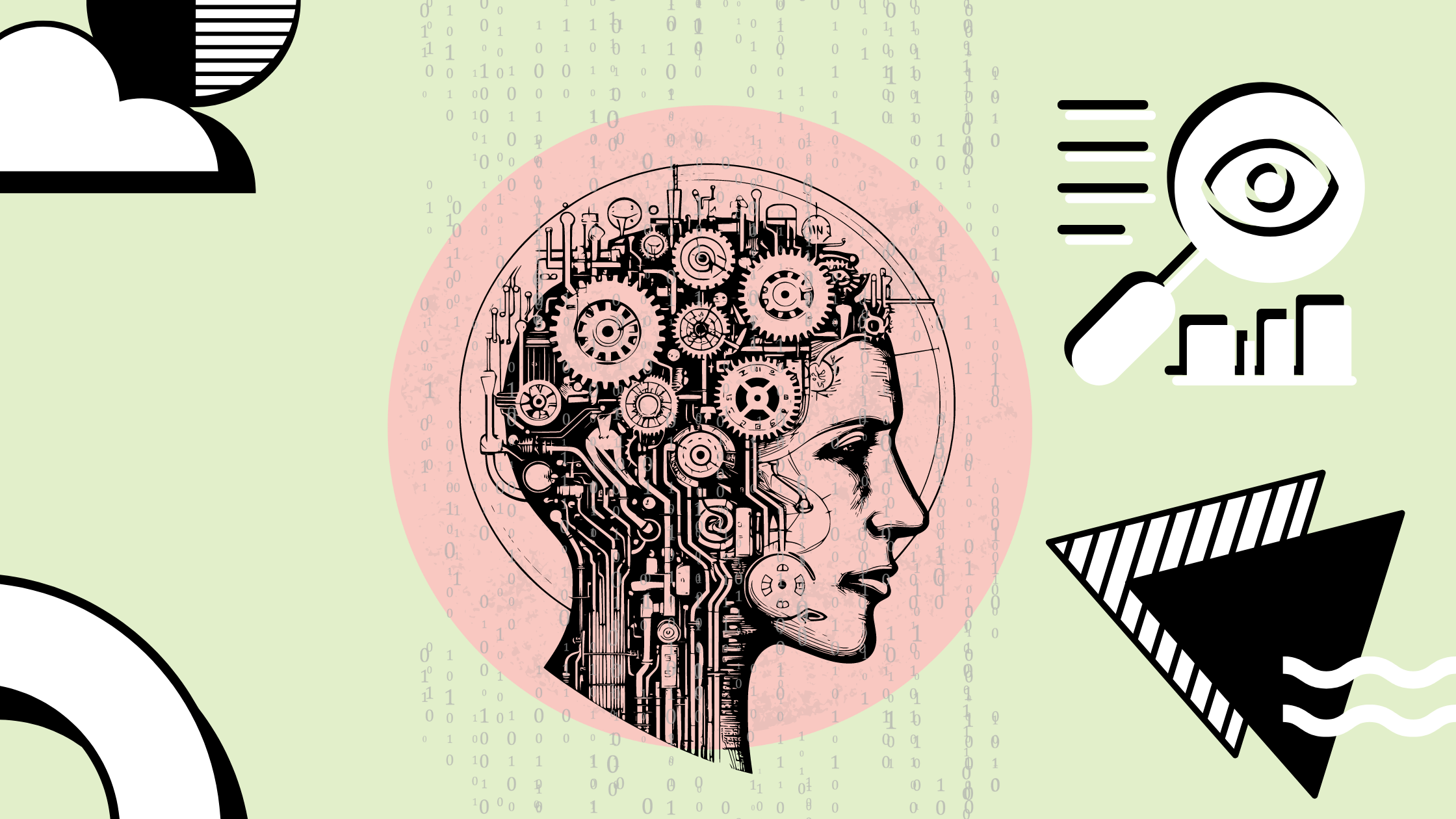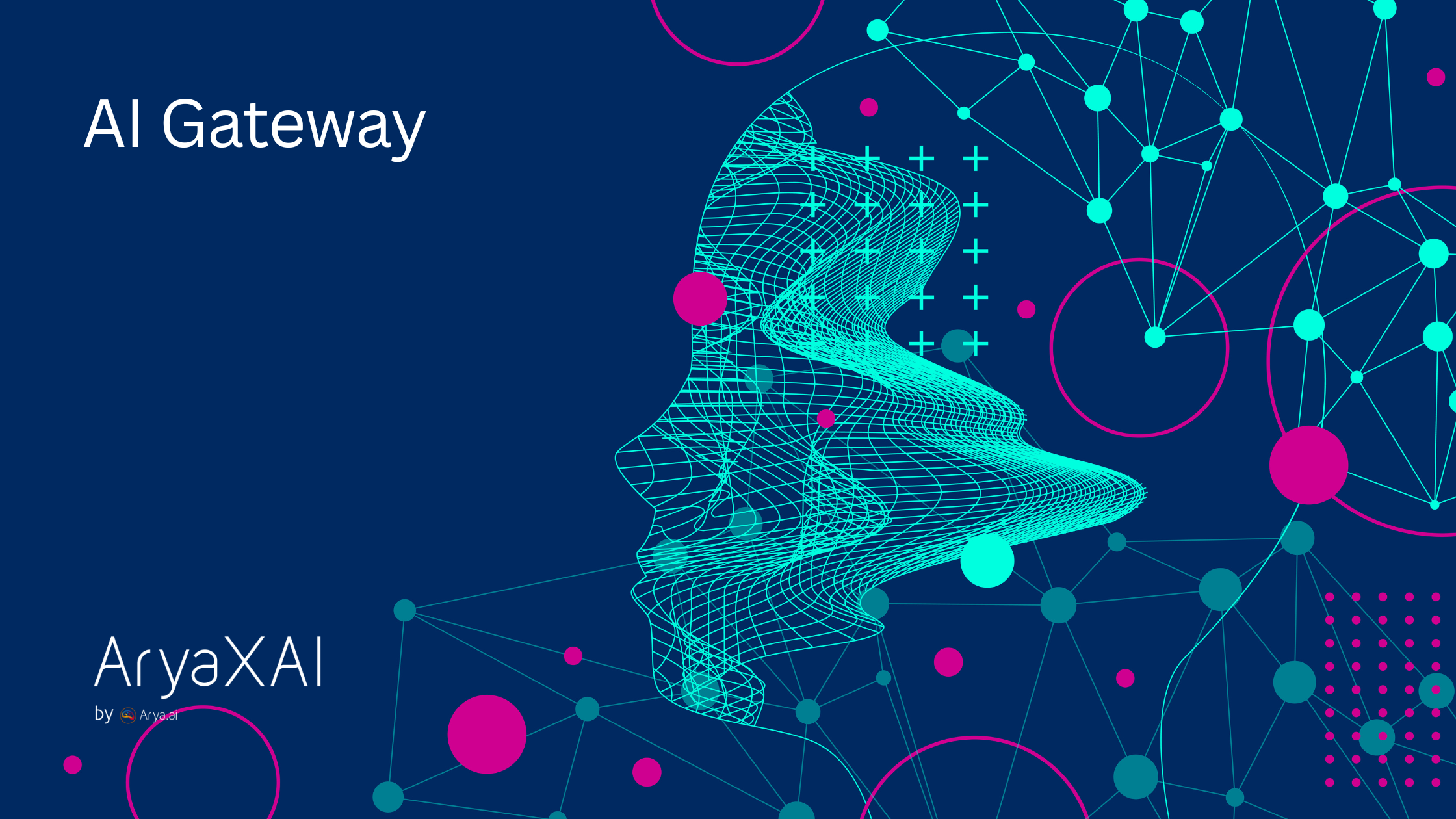Maximizing Machine Learning Efficiency with MLOps and Observability
5 Min Read
July 5, 2024

According to a recent report, the BFSI sector generates over 2.5 quintillion data bytes daily. While processing and handling such huge volumes of information is perhaps the largest challenge for corporations, for data science teams, there exist huge opportunities to discover more insights, newer trends/theories, and numerous models to learn from and build.
However, the path from data gathering and processing to model construction, training, and ultimately deployment is no easy task. It involves a disciplined and effective method of handling the full machine learning cycle. After deployment too, the model must also be monitored continuously for its accuracy, retrained as needed, and governed and regulated.
This leads us to MLOps, a process that trains, executes, deploys, monitors, and re-trains ML models.
What is MLOps?
An extension of DevOps principles, MLOps automates and streamlines the lifecycle of machine learning models, from development to deployment and maintenance. It is an intersection of:
- DevOps
- Data Engineering, and
- Machine Learning
Like in DevOps, software developers and IT operations teams collaborate, MLOps adds data scientists and ML engineers to this team. While data scientists focus on data analysis, model development, and experimentation, ML Engineers are responsible for infrastructure, automation, deployment, and scalability.
Why is MLOps needed?
- ML models are dependent on huge amounts of data. Data cleaning, validation, scaling data pipelines, monitoring drifts, among other operations, are important for the successful management of machine learning projects. MLOps guarantees that the data employed is clean, consistent, secure, and compliant.
- ML models are dynamic. Small adjustments have large changes in model predictions. MLOps provides end-to-end monitoring of models in production and flags data/model drifts, data quality problems, and model performance degradation in real-time. Model retraining is necessary to keep the model relevant and performing consistently. MLOps supports automated retraining pipelines and informs users when the model needs to be retrained.
- MLOps also assists companies in complying with regulations and guidelines by making the model auditable.
- MLOps also ensures cross-functional collaboration across data scientists, ML engineers, and operations teams through a shared framework.
MLOps allows for quicker ML model development and deployment. Continuous monitoring and feedback loops ensure the teams are active in addressing any problems that occur, allowing for constant improvement and innovation.
MLOps is made up of the following key components:

How is MLOps different from ML observability?
MLOps and ML observability, being close in their functions of monitoring and maintaining machine learning models, both target distinct areas within the machine learning lifecycle.
ML observability is a subfield of MLOps that deals exclusively with understanding and observing the performance, behavior, and health of machine learning models in production. ML observability takes it an additional step further and provides more profound insights into the underlying behavior of the model for end-to-end issue diagnosis. It is important not only to know what the model problems are but also why they are occurring and how they can be addressed.
Components of ML observability:

Why MLOps Combined with Observability is the Optimal Solution
Effective model performance management requires more than detecting emerging issues. It requires capabilities that allow a deeper, proactive approach to root cause analysis of problems before they significantly impact the business or its customers. Clear, granular visibility into the root cause of problems provides additional risk controls to users for implementing changes in the model accordingly.
ML Observability assists here, extending beyond the definition of monitoring and probing the relationship between inputs, system projections, and the environment to offer insight during an outage.
Observability gives a fast, easily comprehensible visualization, with the feature to slice and dice into the issue. It is applicable for several stakeholders, even non-technical ones. The intent is to identify why the model is failing in production and provide transparency on how to fix it, whether that involves retraining the model, updating the datasets, introducing new features, and so forth. It can be thought of as the integration of several monitoring solutions into an overarching system that offers greater insights and value than the individual components combined.
As users observe ML models, issues with either the data (data schema, underlying bias, not enough data) or the model (training, retraining, how it performs) may challenge them. For these types of issues, combining MLOps and Observability minimizes time to detection and time to resolution by using real-time resolution, root cause analysis, data correlation, explainability, and contextual explanations.
An MLOps and observability platform can gather information through all phases of the machine learning lifecycle, track data distributions, generate notices for the proper individuals, and provide actionable insights to the appropriate users. This integration will also include an explainability module, which offers explanations of why and how a prediction was arrived at by the model. In addition, contextual explanations will reflect model rationales in terms of the user's context, tastes, and task goals, so that they become more understandable and useful.
For instance, in Health Insurance, the model did predict 'high-risk' but with no explanations. The investigator could explore another part of the profile, and the result would be a failed one, and the case would be approved as 'Genuine'. This is a classic illustration of how models are supposed to collaborate with human experts and offer evidence and explanations to enable experts to establish the nature of fraud at scale and effectively.
Hence, combining MLOps with Observability yields a powerful combination that assists organizations with:
- Enhanced model performance: Continuous model performance monitoring and root cause analysis help identify precisely when model performance starts diminishing. Monitoring the automated workflows helps maintain the required model accuracy and keeps transformations error-free.
- Model explainability: Observability increases model transparency and explains technical aspects, demonstrating impact through a change in variables, how much weightage the inputs are given, and more.
- Model reliability and scalability: Early detection of issues like model drift, data drift, and performance degradation helps resolve them quickly before they impact end-users. Automated alerts and real-time monitoring ensure consistency in model performance. MLOps and observability practices ensure that models and pipelines can handle increased load and complexity without compromising performance.
- Faster model development and deployments: MLOps practices streamline the development and deployment process, enabling rapid iteration and deployment of models. Observability ensures that each deployment is monitored for issues, reducing the risk of deploying faulty models.
- Regulatory compliance and auditing: Observability ensures compliance with regulations by maintaining data quality, model fairness, and auditability through detailed logs and metrics.
Current Market Landscape
The global MLOps market size was valued at $720.0 million in 2022& is projected to grow from $1,064.4 million in 2023 to $13,321.8 million by 2030.

Types of MLOps practices
MLOps practices can vary significantly based on the industry (vertical-specific) and the focus on different processes within the machine learning lifecycle (process-focused).
Vertical specific
- Healthcare: Applications in medical imaging, diagnostics, patient data analysis, and predictive healthcare.
- Manufacturing: Applied to predictive maintenance, quality control, supply chain optimization, and automation.
- Finance: Applications in fraud detection, risk management, algorithmic trading, and customer insights.
- Retail: Applications in demand forecasting, inventory management, recommendation systems, and customer analytics.
Process Focused
- Data management focused: For handling, preprocessing, and management of data
- Model development focused: Concentrates on the model development lifecycle: training, tuning, and evaluation.
- Model deployment focused: Focuses on deploying and serving models in production environments.
Technique specific
MLOps practices can also vary significantly based on the type of machine learning techniques being used. Let's see a quick comparison between MLOps for Large Language Models (LLMs), MLOps for General Machine Learning, and MLOps for Traditional Machine Learning:

Conclusion
Making the shift from POC to a model that actually works is drastically different in the real world. Hundreds of things can go wrong while applying the model to a real-world use case. As organizations navigate these complexities, it is essential to prioritize both MLOps and observability. This will create a solid foundation for building, maintaining, and scaling trustworthy ML models.
SHARE THIS
Discover More Articles
Explore a curated collection of in-depth articles covering the latest advancements, insights, and trends in AI, MLOps, governance, and more. Stay informed with expert analyses, thought leadership, and actionable knowledge to drive innovation in your field.

Is Explainability critical for your AI solutions?
Schedule a demo with our team to understand how AryaXAI can make your mission-critical 'AI' acceptable and aligned with all your stakeholders.



.png)
















.png)



